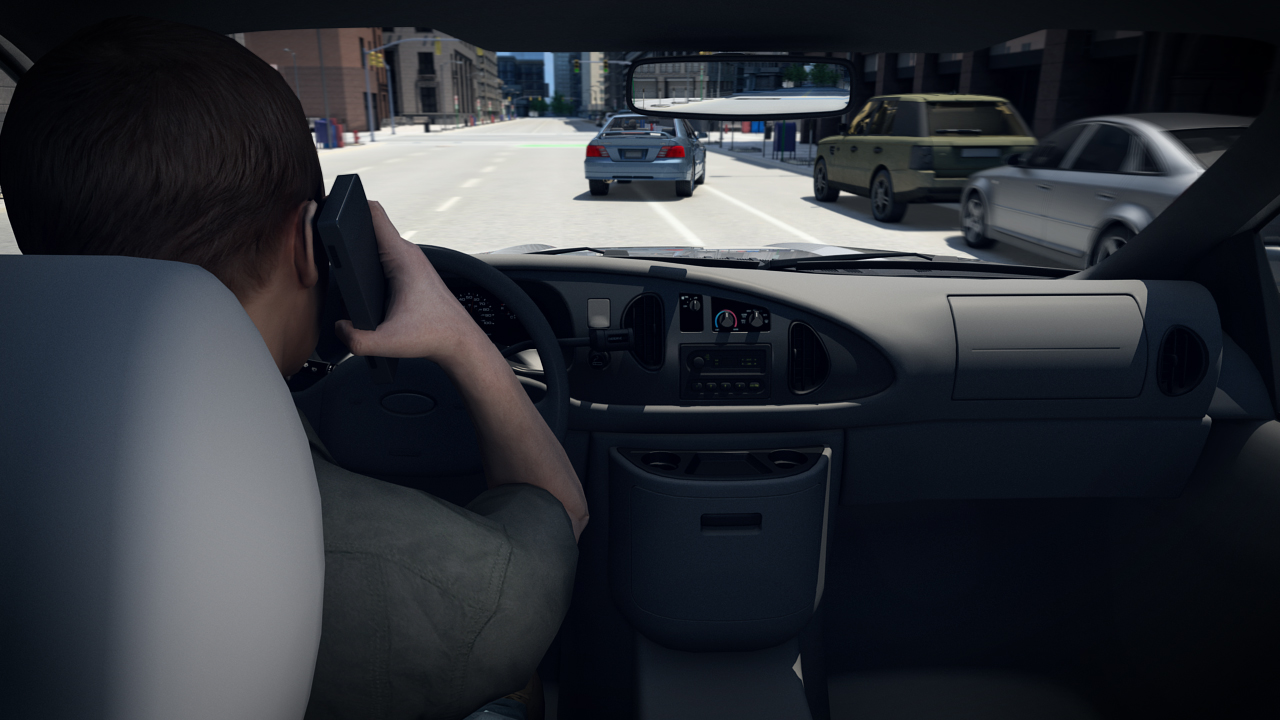




Preventing Intersection Collisions – Rear-ends
More than 25 percent of all car crashes are rear-end collisions. A rear-end crash occurs when the front of one vehicle comes into contact with the rear of another vehicle. This course will describe contributing factors to rear-end crashes and identify strategies to prevent rear-ending or being rear-ended by another vehicle.
Request a demoCourse Details
Learning Objectives
• Define a rear-end crash • Describe contributing factors to rear-end crashes • Identify strategies to prevent rear-end crashes • Identify strategies to prevent being rear-ended
Specs
| Course Level | Intermediate |
| Languages | English |
| Compatibility | Audio, Video |
| Based on: | Industry Standards and Best Practices |
Key Questions
What is a rear-end crash?
A rear-end crash occurs when the front of one vehicle comes into contact with the rear of another vehicle.
Where do most rear-end crashes occur?
Most rear-end crashes occur in the areas surrounding intersections.
What is the most important way to reduce the risk of a rear-end crash?
The most important way to reduce the risk of a rear-end crash is to not engage in risky behaviors or perform risky maneuvers.
Sample Video Transcript
The good news is if we can eliminate one of the three contributing factors, we can significantly reduce the chances of a rear-end crash. The most important way to reduce the risk of a rear-end crash is to not engage in risky behaviors or perform risky maneuvers. Fortunately, this is easy for you to control. Be sure to follow posted speed limits and maintain a minimum following distance of three seconds. Three seconds will give you enough time to safely respond to any surprise event.
Course Applies To
Demos + Pricing
Learn more about our courses, get pricing, and see our platform.











